If India were a body, Madhya Pradesh would be its heart. Not just geographically — though that’s true too — but in terms of its raw, beating culture, age-old traditions, and jaw-dropping natural beauty. It’s the kind of place where time slows down. You can walk through a bustling bazaar one moment, and stand before a 10th-century temple the next. So, sit back and let’s take a fun, easygoing ride through the fascinating world of Madhya Pradesh — or as the locals affectionately call it, “MP.”
1. Where Exactly Is Madhya Pradesh?
Picture the map of India in your head. Now, aim for the center. That’s MP — bordered by Uttar Pradesh to the north, Maharashtra to the south, Chhattisgarh to the east, and Rajasthan and Gujarat to the west. It’s landlocked but don’t let that fool you — its rivers, forests, and lakes more than make up for it.
2. It’s HUGE (Literally!)
Madhya Pradesh is the second-largest state in India by area. It’s even bigger than countries like Greece or Portugal! That means it has room for everything: ancient cities, wildlife sanctuaries, heritage temples, tribal villages, waterfalls, and farmland that stretches beyond the horizon.
3. Bhopal: Lakes, Culture, and Nawabi Vibes
The capital, Bhopal, is known as the City of Lakes. It’s a charming blend of old-world Nawabi culture and modern development. The Upper Lake and Lower Lake are iconic, especially when viewed from the Van Vihar National Park. Bhopal also has one of the most beautiful mosques in India — the Taj-ul-Masajid — a name which literally means “Crown Among Mosques.”
4. Indore: Where Food is a Religion
If Bhopal is the elegant royal, Indore is the fun foodie cousin who never lets you leave hungry. It’s the cleanest city in India (as per several surveys) and the beating heart of Madhya Pradesh’s commercial and educational life.
But let’s be real — what really puts Indore on the map is its food. From Poha-Jalebi for breakfast to a midnight feast at Sarafa Bazaar, Indore doesn’t believe in dieting. Think chaat, dahi puri, garadu (fried yam), and malpua. Just bring stretchy pants.
5. The Temples of Khajuraho: Art, Architecture, and a Bit of Boldness
MP isn’t shy about showing off its artistic side. The Khajuraho temples, built between 950 and 1050 AD, are world-famous for their erotic carvings, but there’s a lot more to them than that. These temples are a UNESCO World Heritage Site, and they depict every aspect of life — from gods and goddesses to musicians and lovers, all carved in the most intricate detail.
6. Kanha and Bandhavgarh: Real-Life Jungle Book
Madhya Pradesh is often called the Tiger State of India, and rightly so. Its dense forests are home to some of the most majestic tigers in the country.
- Bandhavgarh National Park has one of the highest densities of tigers.
- Kanha National Park inspired Rudyard Kipling’s The Jungle Book! So yes, Mowgli may have been a fictional character, but his home wasn’t.
Besides tigers, you’ll also see leopards, sloth bears, barasingha (swamp deer), and hundreds of bird species.
7. Gwalior: Forts, Music, and Royal Tales
Gwalior is where history walks beside you. Its gigantic Gwalior Fort, which sits atop a sandstone hill, has seen empires rise and fall. They say it’s “the pearl among fortresses in India.” That’s not an exaggeration.
Also, fun fact: the first zero in the world was documented on a wall in a temple here. Beat that!
Plus, Gwalior is the birthplace of Tansen, one of the nine jewels in Akbar’s court and a legendary singer whose music is said to have lit lamps and brought rain. Every year, the Tansen Music Festival honors his memory with performances from top classical artists.
8. Ujjain: The Spiritual Soul
Ujjain isn’t just another temple town. It’s one of the seven sacred cities (Sapta Puri) of Hinduism and home to the Mahakaleshwar Jyotirlinga, one of the twelve Jyotirlingas of Lord Shiva.
If you’ve never seen the Bhasma Aarti at 4 a.m., you’re missing out on something spectacular. Ash is smeared on the idol, and there’s chanting, bells, fire — it’s deeply spiritual, intense, and unforgettable.
And every 12 years, Ujjain hosts the Kumbh Mela, drawing millions of pilgrims from across the world. It’s spirituality on a scale that’s hard to imagine.
9. Sanchi: A Peaceful Buddhist Marvel
In the middle of MP’s heartland sits Sanchi, home to one of the oldest stone structures in India — the Great Stupa, commissioned by Emperor Ashoka in the 3rd century BCE.
It’s a UNESCO World Heritage Site and one of the most peaceful, serene places you’ll ever visit. The carvings on the gateways (called Toranas) depict tales from the life of the Buddha and ancient Indian folklore. It’s history, art, and calm — all rolled into one.
10. Tribal Culture: A Living Tradition
MP has one of the highest tribal populations in India. Communities like the Gond, Baiga, and Bhil have preserved their customs, language, music, and art for centuries.
Their vibrant dances, tattoos, handmade jewelry, and deep connection to nature are a living example of India’s rich indigenous heritage. Attend a local festival or haat (tribal market), and you’ll witness a side of India that rarely makes it into textbooks.
11. Unique Language & Cuisine Vibes
MP doesn’t have one fixed dialect — it’s a whole mosaic! In different corners, you’ll hear Malwi, Bundeli, Bagheli, and Nimadi — all local flavors of Hindi, each with its own charm.
And the food? Besides Indore’s street food, the rest of MP also has its delights:
- Dal Bafla (a close cousin of Rajasthan’s dal baati)
- Bhutte ka Kees (grated corn cooked with milk and spices — a local favorite!)
- Chakki ki Shaak (a wheat-based curry)
And don’t miss the homemade pickles and desserts made from local ingredients like mahua, tamarind, and custard apple.
12. Why the Name ‘Madhya Pradesh’?
It literally means “Central Province” — kind of self-explanatory. After Independence, MP was formed in 1956 by merging several smaller states and regions. And yes, it once included Chhattisgarh, until that became a separate state in 2000.
13. Waterfalls, Caves, and Hidden Gems
- Pachmarhi: The only hill station in MP, filled with lush greenery, waterfalls, and colonial-era churches.
- Bhedaghat: Marble rocks rise beside the Narmada River, and the Dhuandhar Waterfall lives up to its name, meaning “smoke cascade.”
- Bhimbetka Rock Shelters: Ancient cave paintings dating back to the Stone Age — yes, prehistoric humans lived here!
14. Festivals That Light Up the State
- Lokrang Festival in Bhopal celebrates folk traditions with music, dance, and crafts.
- Malwa Utsav showcases the cultural soul of western MP with performances under the stars.
- Diwali in Ujjain, Navratri in Indore, and Holi in Barsana are all celebrated with unmatched energy and color.
15. Modern MP: Smart Cities, Slow Life
While cities like Indore and Bhopal are developing into smart cities with metros, tech parks, and swanky malls, much of MP still enjoys the relaxed pace of rural life. Think chai under banyan trees, evening strolls by the river, and stargazing without the blinding glow of city lights.
Final Thoughts: Why MP is More Than Just the Center
Madhya Pradesh is like that humble old friend you might overlook at first but slowly realize has the most amazing stories to tell. It’s not just the “middle” of India — it’s the soul, the storyteller, the silent giant.
If you want a slice of ancient India without the crowds, if you want to eat until your heart’s content, or walk through forests where tigers still roam free — this is the place. MP isn’t flashy. It doesn’t scream. But once it gets under your skin, it stays there forever.

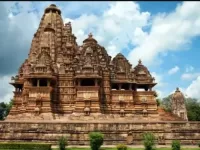

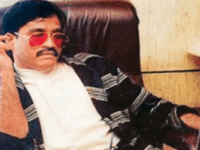
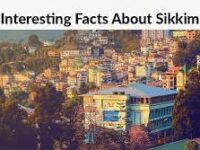
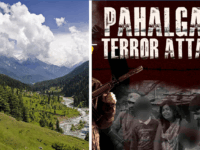
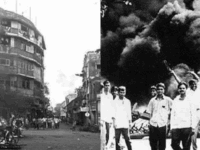
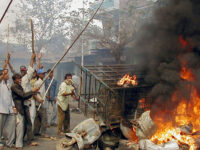

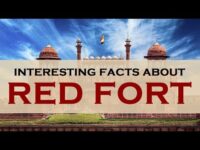
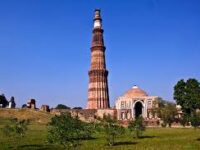
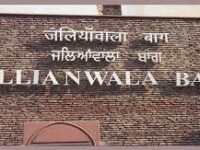

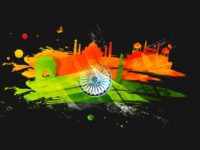




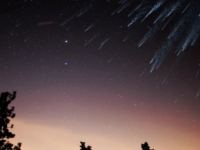


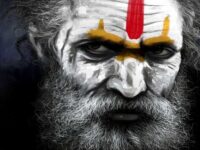

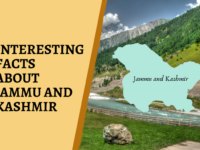
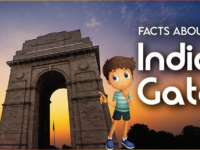

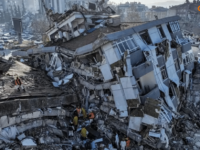


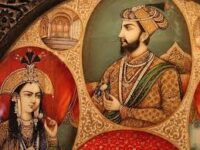





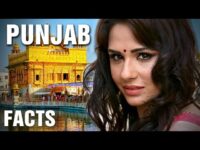



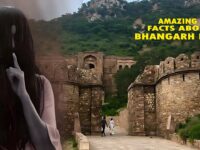
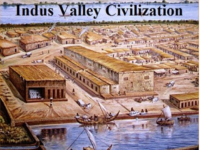











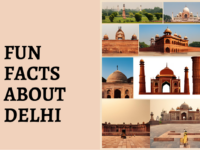


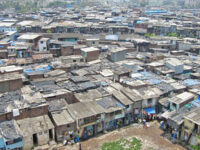
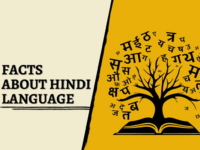
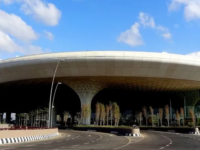



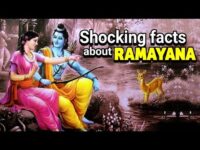



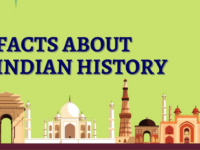
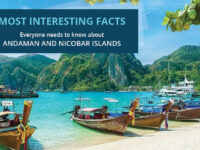
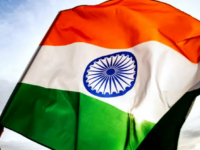


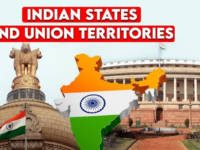


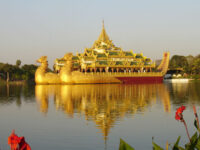



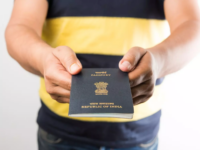
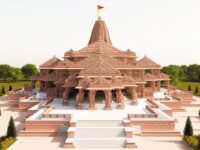

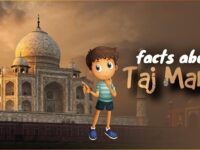




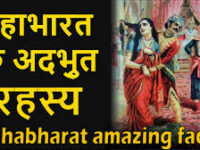
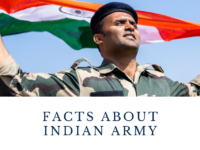
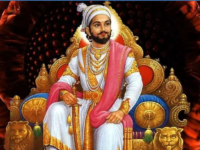










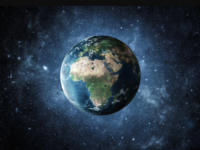
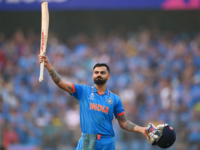


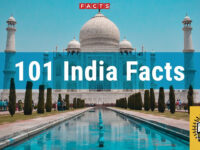
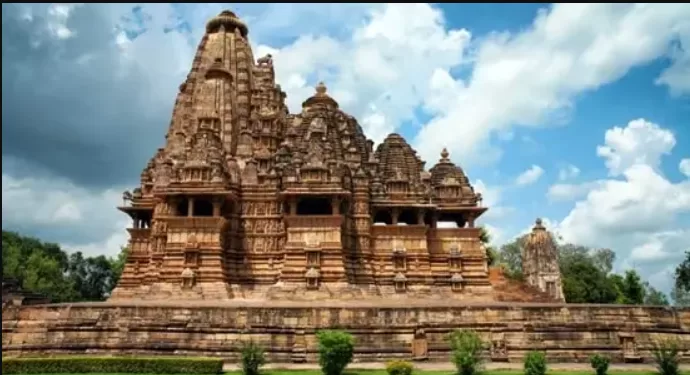
0 Comments